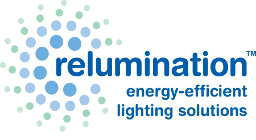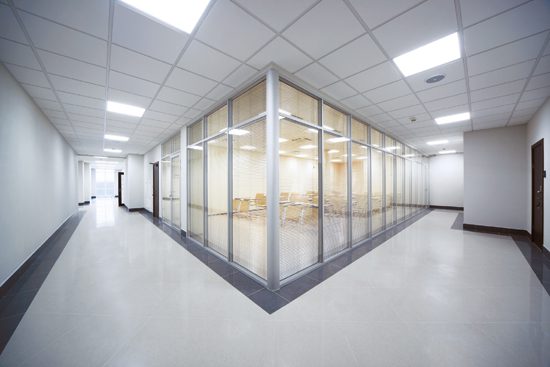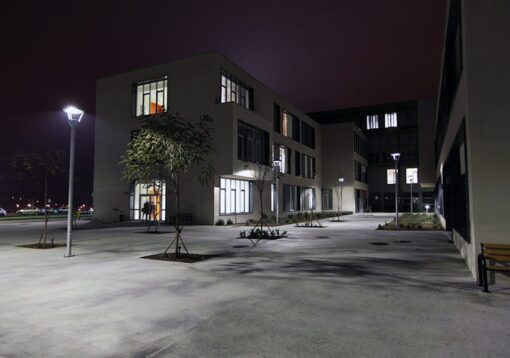With the ever-mounting concerns about reducing energy usage and hazardous wastes, now is the time to consider your options, including LED lighting.
According to energy.gov, legislation passed in 2007 requires that bulbs currently manufactured and sold in the US must be about 25% more efficient than the old-style incandescent bulbs. The light bulbs we find on store shelves now commonly include halogen incandescents, CFLs (compact fluorescent lamps), and LEDs (light-emitting diodes).
So, what is the best lighting choice for your business? There are many things to consider: indoors or outdoors, height, temperature, frequency of turning the light off and on, and how long the light will remain on each time it’s activated.
LED lighting has many advantages. Energy.gov says that while CFLs last about 10 times as long as traditional incandescents, LEDs last about 25 times as long and use less electricity. LEDs reduce waste in landfills (longer life span = fewer bulbs in the dump) and in the air (better efficiency = less toxic emissions from power plants).
Another advantage is that LEDs do not contain mercury, a toxin involved in producing light in CFLs. So, when the LED’s lifetime expires, you will be satisfied knowing you aren’t adding to the toxic buildup in the landfills.
What about the energy wasted in heat? The Lighting Research Center says that the small amount of heat generated in an LED is “dissipated through convection and conduction” and directed into a heat sink.
Because LED bulbs are plastic, workspaces are safer without the fear of broken glass bulbs or spilled mercury.





